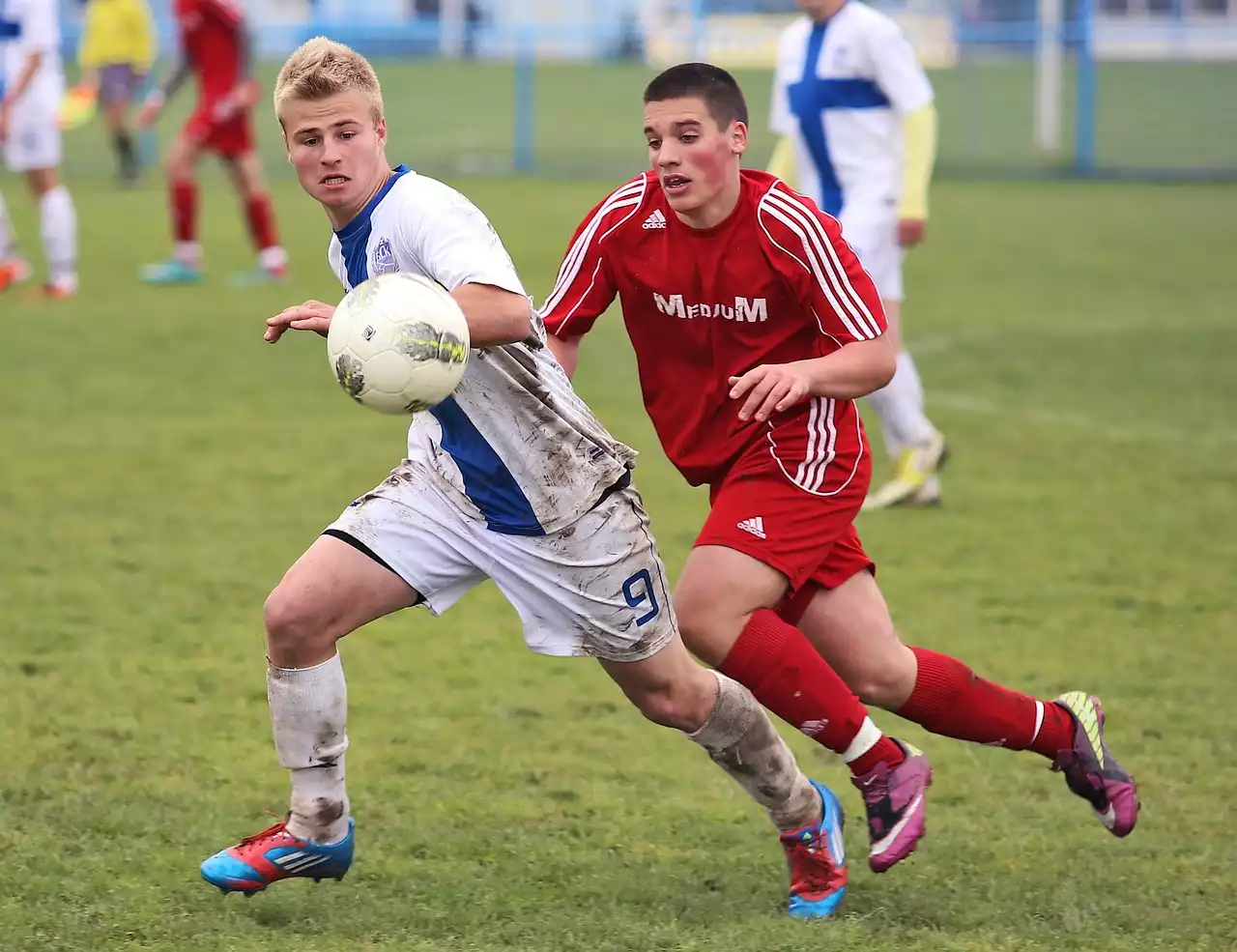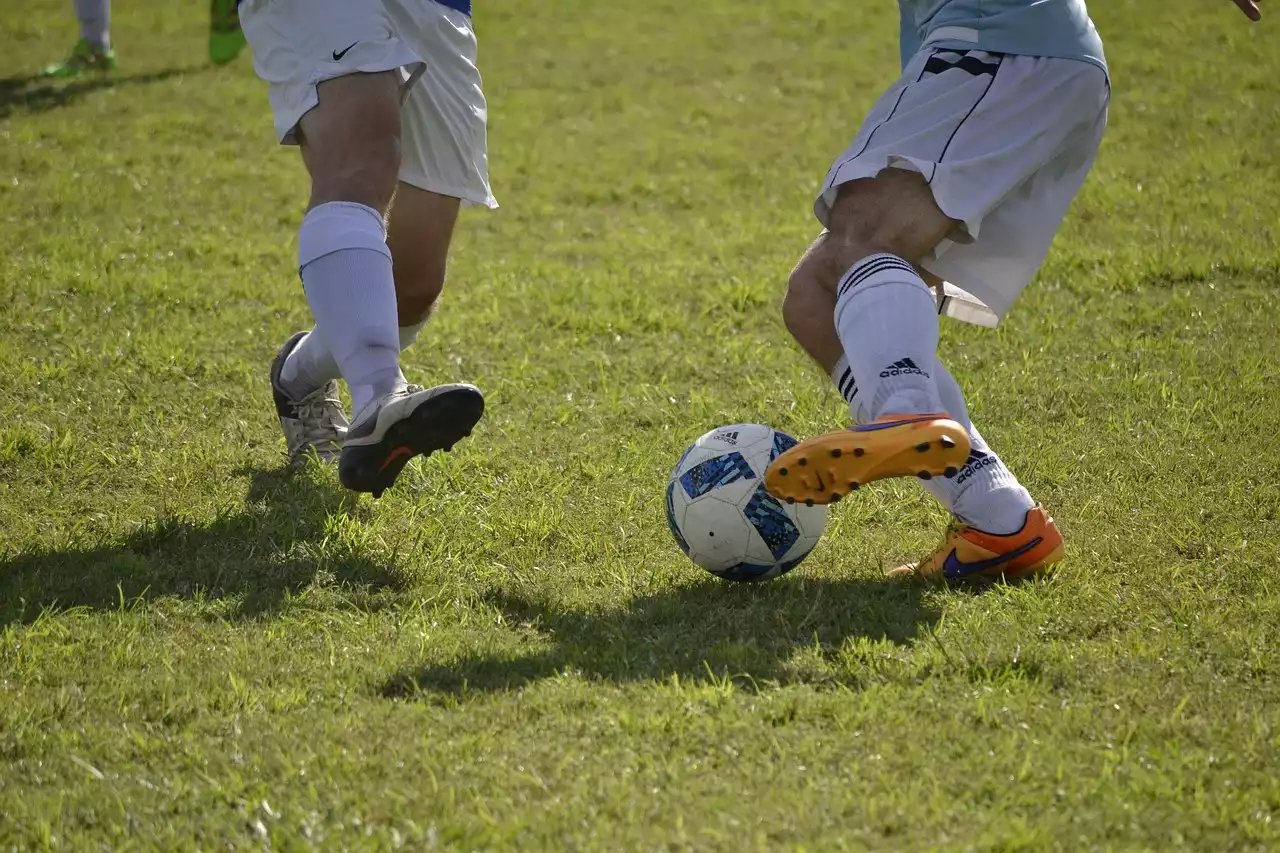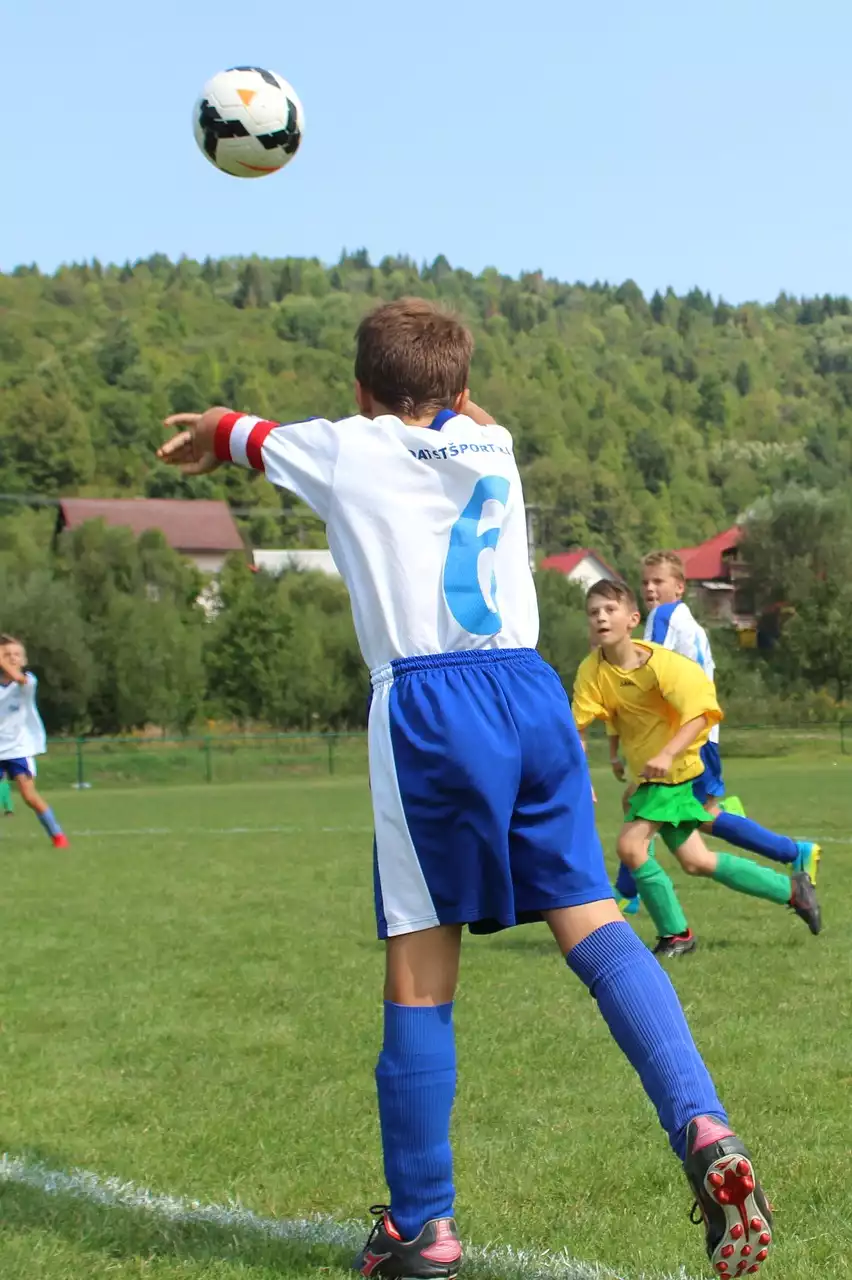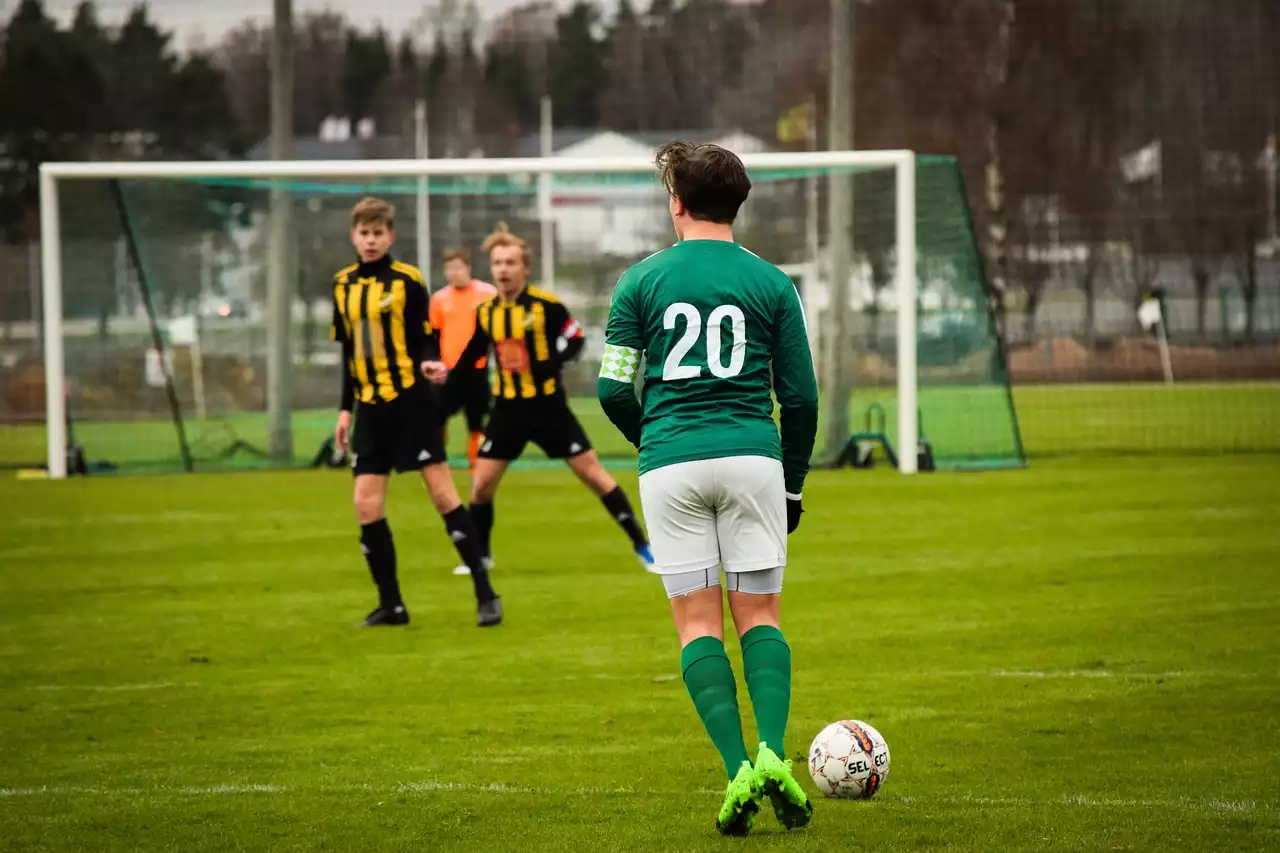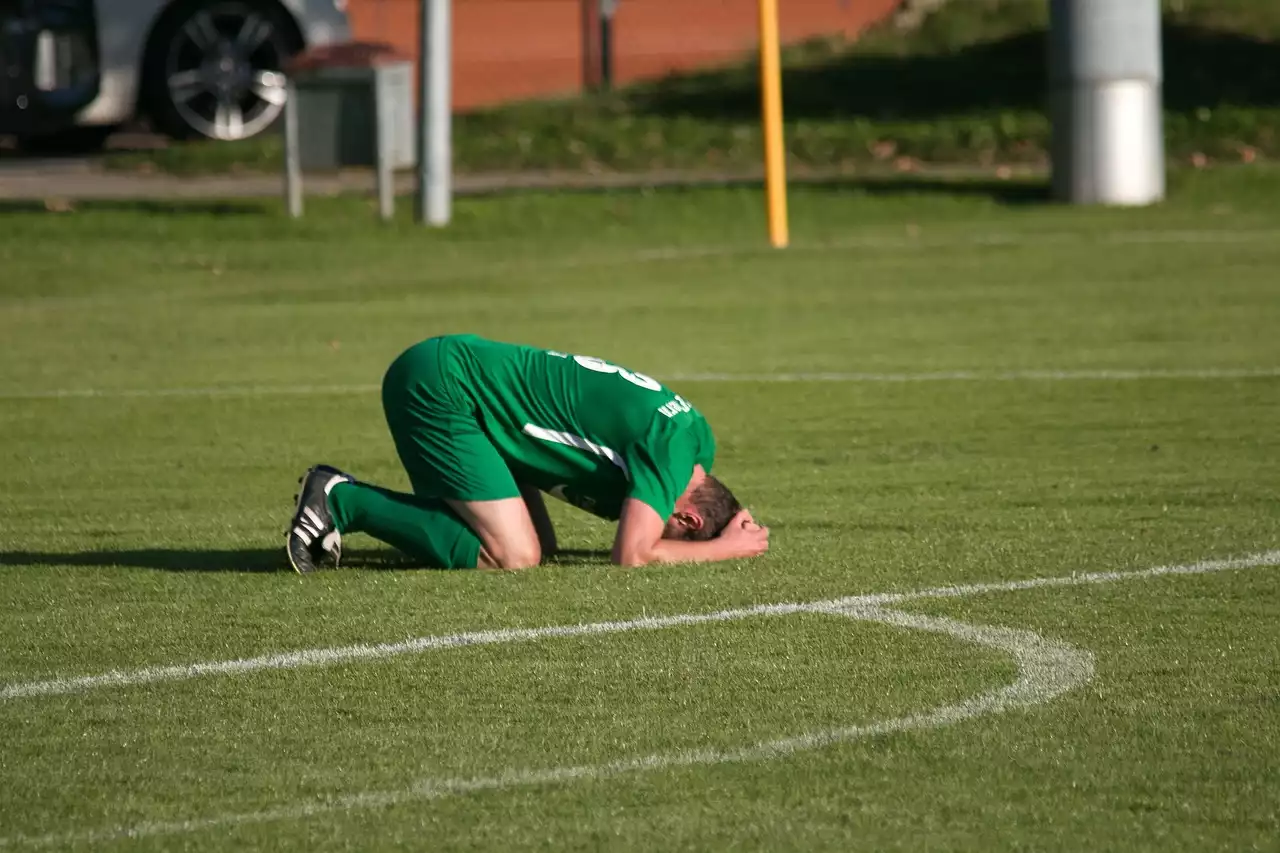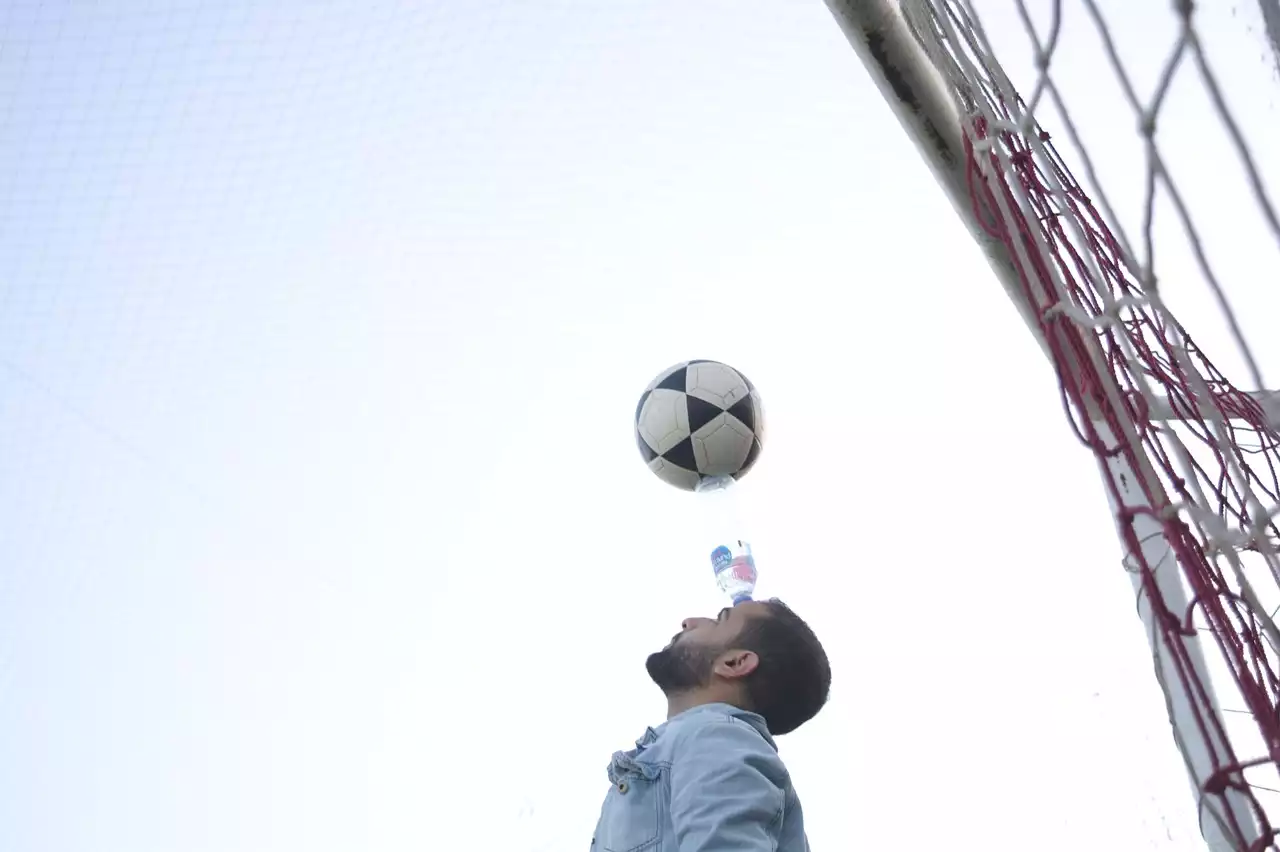Passing Techniques
Passing is one of the most important techniques in soccer. It allows the team to keep possession of the ball, move it up the field, and create scoring opportunities. There are two main types of passes: direct passes and indirect passes. Direct passes are passes that travel directly to another player. This type of pass is typically used to move the ball up the field quickly and is often used in offensive situations. Indirect passes are passes that do not travel directly to another player. This type of pass is typically used to keep possession of the ball and is often used in defensive situations.
The key to successful passing is accuracy. Players must be able to accurately place passes where their teammates can receive them. This requires the passer to have a good understanding of the field, the positions of their teammates, and the speed of the ball. Players should practice passing in various situations such as passing around cones, passing to a teammate in a line, or passing to a teammate in a game-like situation.
Another important aspect of passing is timing. Players must be able to time their passes so they arrive at their intended target at the right time. This requires the passer to have a good understanding of the speed and trajectory of the ball, as well as the movement of their teammates. Players can practice timing their passes through drills such as passing around a square or passing to a teammate who is running.
Shooting Techniques
Shooting is another important technique in soccer. It allows players to score goals and put their team in a position to win. Shooting requires a combination of power, accuracy, and technique.
The first step to successful shooting is generating power. Players must be able to generate enough power to get the ball past the goalkeeper. This can be achieved by using the outside of the foot and striking the ball with the laces. The player should also use the correct body position and follow through with the shot.
The second step to successful shooting is accuracy. Players must be able to place the ball in the back of the net. This can be achieved by using the inside of the foot and shooting with the toe. The player should also use the correct body position and follow through with the shot.
The third step to successful shooting is technique. Players must be able to adjust their technique depending on the situation. This includes changing the type of shot (e.g. chip, volley, half-volley), the direction of the shot (e.g. inside the far post, outside the near post), and the technique used to strike the ball (e.g. instep, laces). Players should practice shooting in various situations such as shots from all from different angles, different distances, and shooting at a target.
Dribbling Techniques
Dribbling is another important technique in soccer. It allows players to move the ball up the field and create scoring opportunities. Dribbling requires a combination of speed, agility, and technique.
The first step to successful dribbling is speed. Players must be able to move the ball quickly and accurately. This can be achieved by using the inside and outside of the foot and running with the ball. The player should also use the correct body position and be aware of their surroundings.
The second step to successful dribbling is agility. Players must be able to change direction quickly and accurately. This can be achieved by using the inside and outside of the foot and running with the ball. The player should also use the correct body position and be aware of their surroundings.
The third step to successful dribbling is technique. Players must be able to adjust their technique depending on the situation. This includes changing the type of dribble (e.g. cut, drag back, step over), the direction of the dribble (e.g. inside, outside, between opponents), and the technique used to control the ball (e.g. sole, laces, inside of the foot). Players should practice dribbling in various situations such as dribbling around cones, dribbling around opponents, and dribbling in a game-like situation.
Positioning Techniques
Positioning is another important technique in soccer. It allows players to support their teammates and create scoring opportunities. Positioning requires a combination of awareness, intelligence, and technique.
The first step to successful positioning is awareness. Players must be aware of their surroundings and the positions of their teammates. This can be achieved by scanning the field, being aware of the ball, and being aware of the opponents. The player should also use the correct body position and communicate with their teammates.
The second step to successful positioning is intelligence. Players must be able to make the right decisions when on the ball. This can be achieved by understanding the game, reading the play, and anticipating the opponent’s movements. The player should also use the correct body position and communicate with their teammates.
The third step to successful positioning is technique. Players must be able to adjust their technique depending on the situation. This includes changing the type of run (e.g. curved, straight), the direction of the run (e.g. inside, outside, between opponents), and the technique used to move (e.g. jogging, sprinting). Players should practice positioning in various situations such as positioning in a line, positioning in a circle, and positioning in a game-like situation.
Heading Techniques
Heading is another important technique in soccer. It allows players to score goals from crosses and clear the ball from dangerous positions. Heading requires a combination of power, accuracy, and technique.
The first step to successful heading is generating power. Players must be able to generate enough power to get the ball past the goalkeeper. This can be achieved by using the forehead and striking the ball with the laces. The player should also use the correct body position and follow through with the header.
The second step to successful heading is accuracy. Players must be able to place the ball in the back of the net. This can be achieved by using the forehead and shooting with the laces. The player should also use the correct body position and follow through with the header.
The third step to successful heading is technique. Players must be able to adjust their technique depending on the situation. This includes changing the type of header (e.g. flick, flick on, glancing), the direction of the header (e.g. inside the far post, outside the near post), and the technique used to strike the ball (e.g. forehead, laces, instep).
